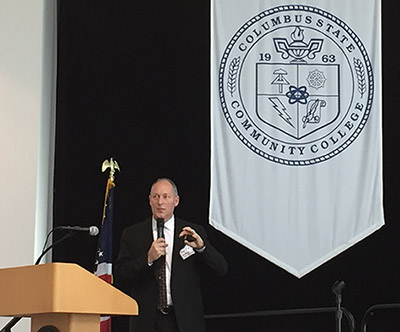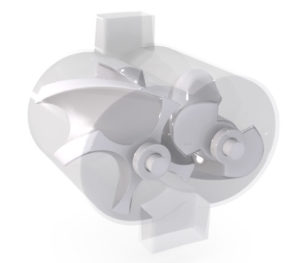 Although it’s been more than two decades since I received my engineering degree, it took me this long to fully understand engineering education. My breakthrough came last month when Dan Burklo, Dean of Math, Science, and Engineering Technologies, Northwest State Community College, spoke at a manufacturing workforce conference in Columbus, Ohio, that I attended.
Although it’s been more than two decades since I received my engineering degree, it took me this long to fully understand engineering education. My breakthrough came last month when Dan Burklo, Dean of Math, Science, and Engineering Technologies, Northwest State Community College, spoke at a manufacturing workforce conference in Columbus, Ohio, that I attended.
Burklo explained that there are really two distinct areas that everyone from parents to high school teachers need to understand: Engineering science and engineering technology. Engineering science, which is what I took back in my college days, is what most people think of—a typical engineering studies program, rooted in the theoretical side. Engineering technology is less conceptual, and more focused on applying the science and implementing it.
Aa Burklo told the audience, a high school teacher who sees a child brilliant in math might persuade her to go into engineering science, while encouraging the child who loves to tinker and tear things apart to go into engineering technology.
We hear a lot about a skills gap in the workforce, and this might be ground zero. A hiring manager from one major Ohio manufacturer described how they can find all the engineers they want, but they struggle to find engineering technology graduates. The engineers, he said, can’t go down to the manufacturing floor on their first day and fix a faulty robotic arm—but the engineering technology kids can.
Part of the problem is that parents think that manufacturing is still the dirty, thankless enterprise that is was many years ago. But today, Burklo pointed out, it’s clean and a rewarding career, with a lot of opportunities.
 “There’s a very low portion of graduates in the engineering technology area. What that means is you have an opportunity for some of the highest-paying and most rewarding careers. It isn’t actually just about pay. These are nice jobs; they’re not dirty jobs. Jobs that you feel good about going to … you get to use your brain. You get to think a lot. You get to get your hands dirty if you want to.”
“There’s a very low portion of graduates in the engineering technology area. What that means is you have an opportunity for some of the highest-paying and most rewarding careers. It isn’t actually just about pay. These are nice jobs; they’re not dirty jobs. Jobs that you feel good about going to … you get to use your brain. You get to think a lot. You get to get your hands dirty if you want to.”
One key is figuring out how to sell engineering technology to kids. Maybe the question shouldn’t necessarily be, “Are you really good at math?” but instead focus on “Do you like exploring? Do you like searching for new information? Do you like doing puzzles? Do you like discovering new ways to understand things better?”
Figuring out which students would be a better fit in engineering science vs engineering technology is critical, now more than ever, as we figure out how to stay competitive in manufacturing.
Filed Under: Fluid Power World Magazine Articles, Mobile Hydraulic Tips